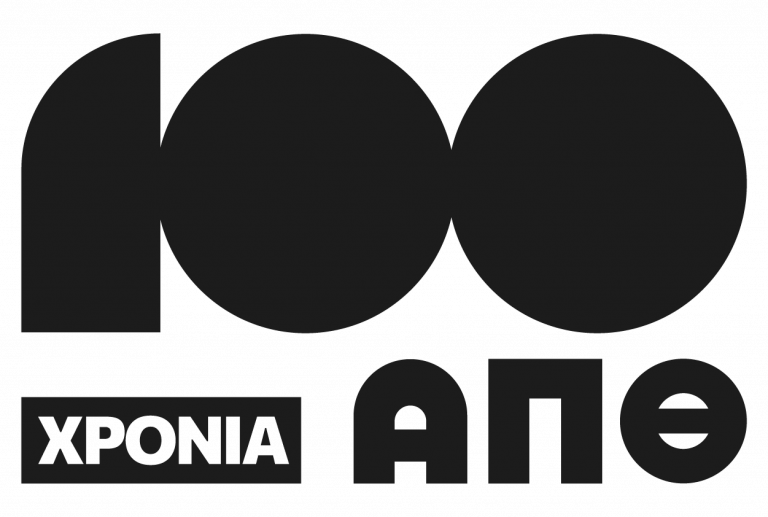Pantelis Kouros, Dimitrios Dionysopoulos, Areti Deligianni, Dimitris Strakas, Thrasyvoulos Sfeikos, Kosmas Tolidis.
The purpose of this study was to evaluate the photopolymerization efficacy of a diode laser (445 nm) for use with a composite containing camphorquinone and to estimate the safety of the method related to the temperature rise. Five cylindrical composite specimens were prepared for each thickness: 1, 2, and 3 mm. Three light-curing modes were investigated: a light emitting diode (LED) unit and a diode laser (445 nm) with output powers at 0.7 W or 3 W. Evaluation of the polymerization efficacy was based on Vickers hardness measurements, and the highest temperatures at the bottom of the specimens were recorded using a K-type thermocouple. The highest microhardness was observed after the diode laser curing operating at 3 W. A comparison of the microhardness of the 0.7 W laser cured specimens with the LED cured specimens showed a statistically significant difference in favor of the laser curing. Laser curing operating at 3 W resulted in extremely high temperatures. Laser curing at 0.7 W resulted in statistically significantly higher maximum temperatures than did LED curing for both 1 mm thick (52.9°C against 45.4°C) and 3 mm thick (43.6°C against 40.9°C) specimens. Diode laser (445 nm) may be an alternative for photopolymerization of composite materials and may result in a higher degree of conversion and depth of cure of composites than what has been seen with LED curing units when they emit at the same energy density.
- DOI: 10.1111/eos.12742

